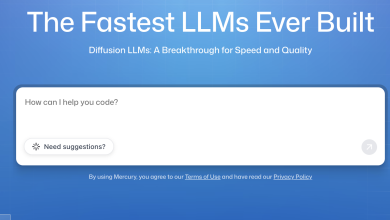Picking the best Esim for USA travel depends on what you’re actually doing during your trip, not just grabbing whatever’s cheapest on Google. Someone spending two weeks road-tripping through national parks needs completely different coverage than someone attending business meetings in downtown Chicago. The phone companies won’t tell you this because they’d rather sell you a one-size-fits-all solution, but matching your Esim to your specific itinerary and usage patterns can save you money and a lot of frustration.
Match Your Data Plan to Your Actual Usage
Start by honestly assessing how you’ll use data. Business travelers who need constant email access, video calls, and cloud document syncing will burn through way more than tourists who mainly need Google Maps and occasional restaurant lookups. If you’re planning to work remotely, figure on at least 1-2GB per day. Standard vacation usage where you’re checking social media, using navigation, and uploading some photos typically needs 500MB to 1GB daily.
Here’s what eats data fast: streaming video (Netflix, YouTube, TikTok), video calling (Zoom, FaceTime), and uploading lots of photos to cloud storage. Here’s what barely uses anything: text messaging, email without attachments, regular web browsing, and navigation with offline maps downloaded beforehand.
One trick I’ve found useful is checking your current phone’s data usage before traveling. On iPhone go to Settings then Cellular and scroll down to see which apps use the most data. Android users can find this under Settings then Network & Internet then Mobile Network. This gives you a baseline, though you’ll probably use more while traveling since you’ll rely on your phone more without regular routines and landmarks.
Network Coverage for Where You’re Actually Going
If your trip is limited to major cities like New York, Los Angeles, San Francisco, or Miami, pretty much any Esim will work fine because every network has solid coverage there. But if you’re venturing into less populated areas, network choice becomes critical.
T-Mobile tends to dominate in urban areas and along interstate highways but can get spotty in rural zones. Verizon historically has the best reach in countryside, small towns, and remote areas—which matters if you’re visiting places like Yellowstone, the Smoky Mountains, or driving through the Southwest. AT&T sits in the middle, with decent rural coverage that’s not quite as comprehensive as Verizon but better than T-Mobile in many regions.
Check what network your Esim provider uses. Some companies don’t disclose this clearly, which usually means they’re using a lower-tier network. The good providers will explicitly state “uses T-Mobile network” or “powered by Verizon.” If you can’t find that information easily on their website, keep looking elsewhere.
Understanding Speed Tiers and Throttling
Not all data is created equal. An Esim offering 10GB at full 5G speeds is completely different from one offering 10GB that gets throttled to 3G speeds after you use 2GB. This distinction often gets buried in the fine print, but it dramatically affects your experience.
5G gives you speeds anywhere from 100 Mbps to over 1 Gbps in ideal conditions. 4G LTE typically ranges from 15-50 Mbps. 3G is more like 1-5 Mbps, which feels painfully slow for anything beyond basic browsing. When a plan says “unlimited data” but throttles you to 3G speeds after a threshold, you’ll notice immediately. Webpages take forever to load, navigation apps lag, and forget about uploading photos.
Ask specifically about speed caps and throttling policies before buying. Some providers offer truly unlimited full-speed data. Others have soft caps where speeds reduce after hitting a daily or total limit. The cheapest plans often come with permanent speed restrictions regardless of usage.
Duration Flexibility Based on Trip Length
Esim plans typically come in standard durations: 7 days, 14 days, 21 days, or 30 days. If your trip is 10 days, you’re stuck buying either the 7-day plan (and risking running out) or the 14-day plan (and paying for days you won’t use). Some providers offer more flexible options where you can buy specific day counts, but these are less common.
Pay attention to when your plan days actually start counting. Some Esims activate the moment you scan the QR code, which means you need to time the purchase carefully. Better options only start your day count when your phone first connects to a US network, giving you flexibility to set everything up before leaving home.




